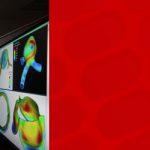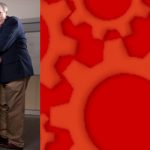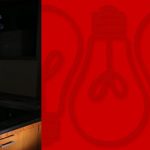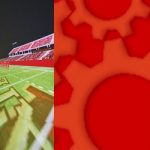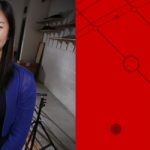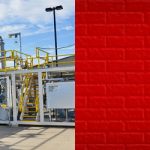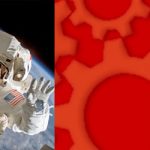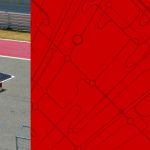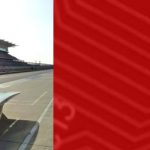Teams of students will face eight straight hours of attacks on the computers and networks behind a simulated city’s power and water utilities. Can they protect all the software, hardware and connections? Will the lights stay on? Will the water run? Will the residents of a small, fictional city be without critical services and infrastructure?
The second round of awards from Iowa State University’s Presidential Initiative for Interdisciplinary Research will help build four big data research teams and launch major projects in digital agriculture and intelligent text analysis.
Three thin leaflets blew open and blood blasted through an artificial heart valve, the center stream firing reds and yellows, the colors indicating a flow speed up to 125 centimeters per second. When the leaflets slammed shut, the flow turned to light blue eddies, indicating blood flow had nearly stopped.
It’s easy to think of the electrical grid as the power plants, the high voltage lines, the transmission towers, the substations and all the low-voltage distribution lines that bring power to our homes and businesses.An attack on that grid would involve getting out and cutting lines or dropping towers.
In nearly every Iowa county, teams of 9- to 14-year-olds have been talking trash. How is it collected, transported and sorted? What can be salvaged, recycled or repurposed? What are some of the problems with the ways we dispose of things? What’s a solution to one of those problems?
Surya Mallapragada believes in the power and potential of bio- and bio-inspired materials to improve human health. She’s been researching the materials and how they can solve biomedical problems for nearly two decades. And there are good reasons for sticking with the studies.
There you were, inside the C6 virtual reality room at Iowa State University, surrounded on six sides by 100 million pixels and completely immersed in the sights and sounds of game day at Jack Trice Stadium. The band marched in I-S-U formation. The cheerleaders did flips.
The small robots in Ran Dai’s basement lab at Iowa State University look like fancy electronic toys. But they’re really very smart. And they’re getting smarter. Dai, an Iowa State assistant professor and Black and Veatch Faculty Fellow in aerospace engineering, is developing power-management technologies that would allow land- and air-based robots to monitor solar conditions so they can maximize operating efficiency and battery life.
The National Science Foundation (NSF) has added three years and $8.48 million to the grant supporting the NSF Engineering Research Center for Biorenewable Chemicals based at Iowa State University.
That brings NSF’s total funding of the center (known as CBiRC, “See-burk”) to the maximum allowed: 10 years and $35.26 million. NSF support of the center began in September 2008 and will end in August 2018. After that, the center must be self-supporting.
Eric Cochran led the way, counterclockwise, from one 500-gallon industrial tank to another and then another. By the time he got to the 1,300-gallon holding tank at the end he had explained how Iowa State University engineers are producing bio-polymers from soybean oil.
Twelve undergraduates will learn lessons in operational thinking during the second Spaceflight Operations Workshop to be offered by Iowa State’s Department of Aerospace Engineering. The students will learn from Clayton Anderson, a workshop coordinator who retired from NASA’s astronaut corps in 2013. Anderson said the workshop’s goal isn’t to train the next generation of astronauts. It’s to help students think in new ways.
Team PrISUm raced to its first overall solar car victory at this week’s Formula Sun Grand Prix in Austin, Texas. It was a dominating performance: No other competitor was within 30 laps after three days and 24 hours of hot racing.
It was 104 degrees in the pits at the Circuit of the Americas race track in Austin, Texas, on Thursday. And that was a problem for some of Team PrISUm’s closest competitors in the three-day, 15-team Formula Sun Grand Prix.
The student-engineers of Team PrISUm have built a fast solar racing car and a nice lead in the Formula Sun Grand Prix. The three-day track race for student-designed and student-built solar cars continues in Austin, Texas, on Thursday and Friday.
The last time Team PrISUm raced around the Formula 1 track in Austin, Texas, the team turned the fastest lap of the 2014 Formula Sun Grand Prix. Iowa State’s solar racing car negotiated the 20-turn, 3.41-mile racetrack – including the 133-foot climb to turn 1 – in a quick 4 minutes and 35.285 seconds during last July’s grand prix.
